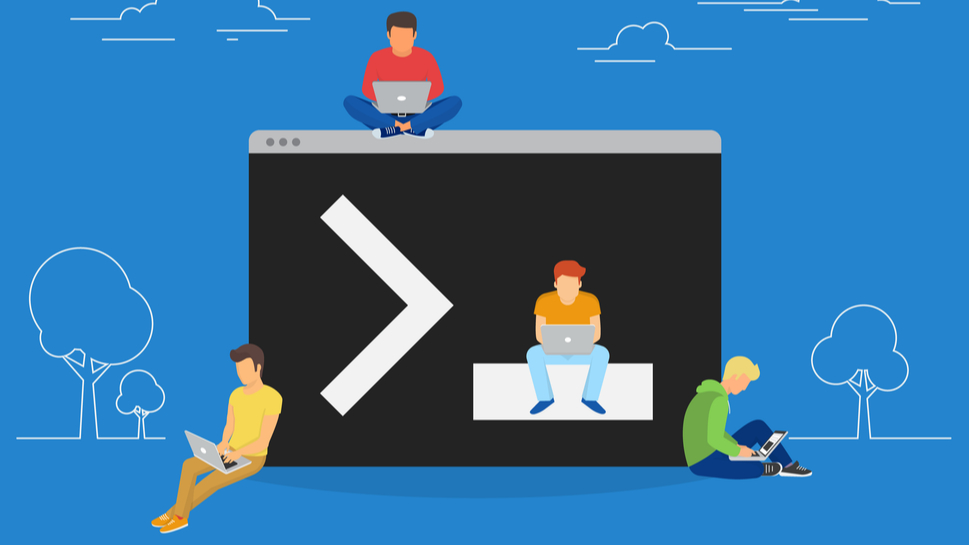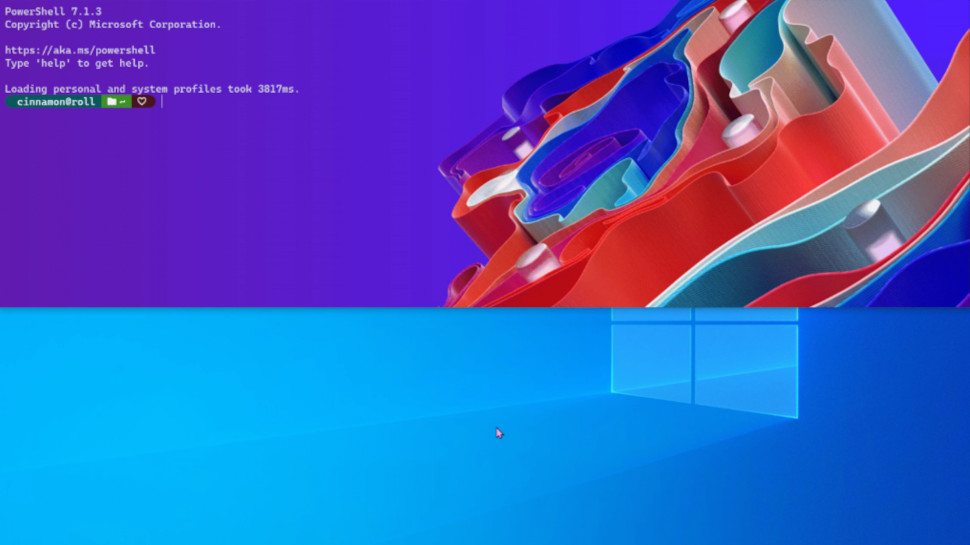Windows 10 command line tool set for a small but important upgrade
Windows Terminal version 1.9 drops in preview

Microsoft has lifted the lid on a series of changes to Windows Terminal, its command line tool for Windows 10.
At the company’s Build 2021 conference, which is taking place virtually again this year, Microsoft launched Windows Terminal version 1.9 in preview.
The headline upgrade is a new feature called “Quake Mode”, which is said to “allow users to quickly open a new terminal window from anywhere in Windows" with a simple keyboard shortcut: Win + '. The window will appear in the top half of the screen and can be dismissed with the same key combo.
- Check out our list of the best business laptops available
- We've built a list of the best Windows 10 Pro laptops right now
- Take a look at our list of the best business computers on the market
With the new version installed, users will supposedly be able to launch into a Terminal session much faster, without having to go via desktop shortcut or Start menu search.
Further, Microsoft has introduced a number of new user interface options, which allow users to tweak Terminal settings in an intuitive way, as opposed to manually editing a JSON file.
A new preview window, meanwhile, will give users a sense of how particular settings tweaks will change the appearance of Terminal before selections are confirmed.

Windows 10 command line tools
While the Windows Terminal changes may appear minor at first, for devs and IT admins that spend a lot of time in console windows, small optimizations can save a considerable amount of time in aggregate.
Sign up to the TechRadar Pro newsletter to get all the top news, opinion, features and guidance your business needs to succeed!
The improvements also build upon changes implemented in Terminal versions 1.7 and 1.8, launched in March and April respectively. With these iterations, Microsoft introduced new terminal tabbing options, read-only panes, window naming, a shortcut library and more.
The latest Windows Terminal preview build comes hot on the heels of an update to the Windows 10 package manager, Winget, which gifted users another way to uninstall unwanted software.
Popular among Linux users in particular, package managers are designed to automate the process of installing and configuring software and dev tools. And with Winget version 0.3, which went live last month in early access, Microsoft added the ability to delete applications directly from the command line.
Although uninstalling software via the Control Panel will remain the most sensible option for most Windows 10 users, the Winget update was likely a blessing for anyone required to uninstall apps en masse.
- Here's our list of the best laptops for developers right now

Joel Khalili is the News and Features Editor at TechRadar Pro, covering cybersecurity, data privacy, cloud, AI, blockchain, internet infrastructure, 5G, data storage and computing. He's responsible for curating our news content, as well as commissioning and producing features on the technologies that are transforming the way the world does business.